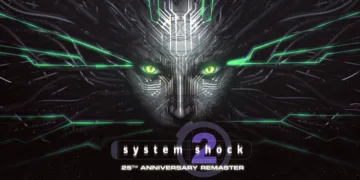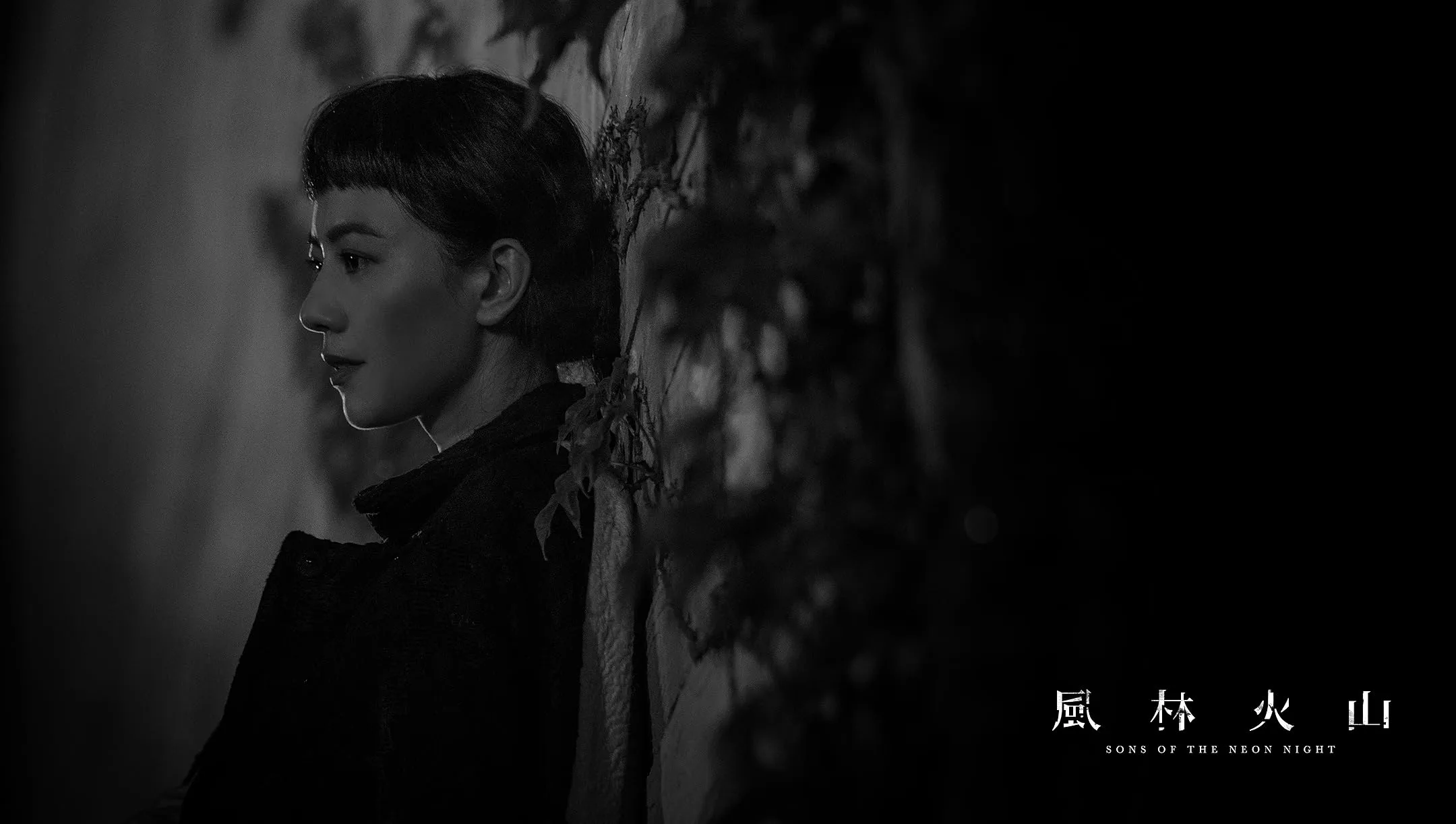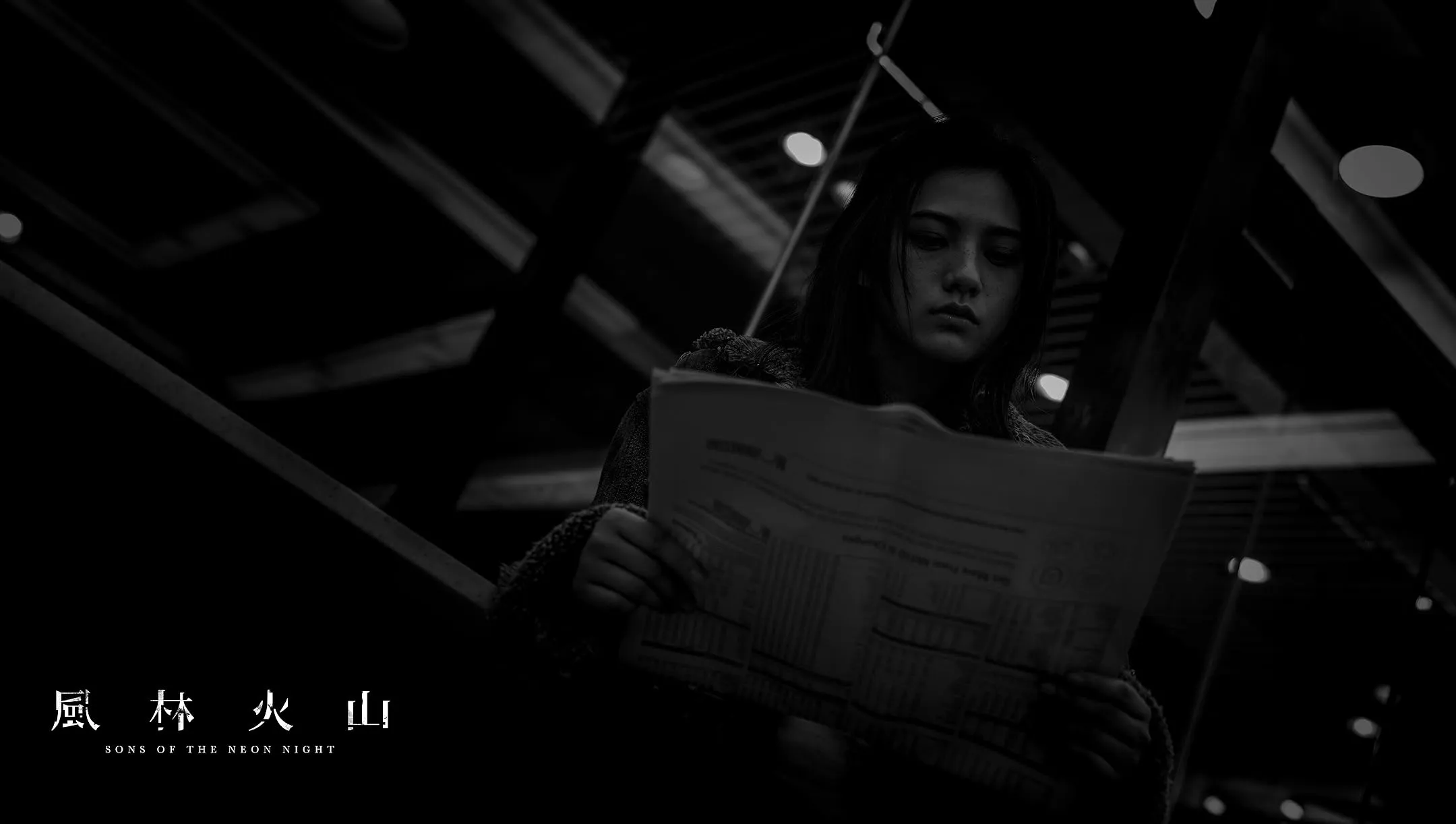In a reimagined 1994 Hong Kong scarred by snow and fallout, Sons of the Neon Night throws us into a world where pharmaceutical heirs become warlords. We meet Moreton Li (Takeshi Kaneshiro) on the brink of reforming his family’s empire just moments after a hospital bombing shatters the city’s fragile order.
Across town, an anonymous shoot-out signals that no one is safe—be they corporate scion or street-level informant. This stark prologue sets up a power struggle between two brothers: one driven by conscience, the other by profit.
What follows is less a straightforward crime saga and more a tense clash of ideals in neon shadows. The film’s opening gambit—blood-soaked streets, a shattered ambulance plowing through chaos—pulls you in with visceral immediacy.
As someone who grew up devouring Hong Kong thrillers on late-night VHS, I couldn’t help but recall that rush of discovering a city both familiar and alien. Here, director Juno Mak marries classic brotherhood drama to a quasi-futuristic noir, promising a spectacle where loyalty and ambition collide under fluorescent skies.
Forging a Dystopian Canvas: Visual Style & Atmosphere
From the moment the camera slips through a snow-filled tunnel onto a sprawling model of Causeway Bay, the film stakes its claim as a feast for the senses. Production design leans into industrial decay: crumbling facades, flickering neon, and omnipresent fallout that turns every shot into a study of contrast. The Shenzhen-built set feels lived-in yet unreal, like a half-remembered dream of pre-handover anxieties.
Cinematographer Cheng Siu-Keung wraps scenes in deep shadows and harsh shafts of light, evoking the tension of a music video without sacrificing cinematic depth. Slow pans across rain-slicked alleys give way to sudden zooms on bullet-riddled walls; editing by Curran Pang uses jump cuts to disorient, reinforcing the sense that this city might collapse at any moment.
Sound designer Tang Chi-Wan layers distant sirens, static-filled radios, and bone-rattling explosions into a score that feels organic to the streets themselves. These elements coalesce into more than visual flair—they immerse you in a Hong Kong run wild, where beauty and brutality coexist in every frame.
Fractured Time and Tempo: Narrative Rhythm
The screenplay unfolds in jolts, tracking chess-piece moves across three acts: the inciting massacre, Moreton’s moral crusade, and a final, sprawling showdown. Rather than a linear march, scenes often leap without warning—one moment we’re inside a hospital ward, the next in a snow-dusted funeral. This approach demands active engagement; you constantly piece together alliances and betrayals.
A writer adapting this for print might tighten certain gaps—briefly naming key players as they appear—to anchor readers. Conversely, the film’s breathless pace heightens urgency, as if events are spiraling faster than you can process.
Action set-pieces punctuate exposition, but the rapid oscillation between dialogue and violence sometimes leaves emotional beats underexplored. Still, these ellipses reinforce a core idea: in a world this fractured, clarity is a luxury few can afford.
Blood Ties and Broken Morals: Characters & Themes
At the heart of this saga are two brothers whose shared bloodline can’t bridge an ideological chasm. Moreton Li wrestles with guilt over his family’s past; his wife’s icy resolve hints at hidden ambitions. Maddox Li, the older sibling, moves like a ghost—seen only in the periphery, yet his influence seeps through every back-alley deal. Their tug-of-war over Q-IN Pharmaceuticals becomes a lens on loyalty and corruption.
Supporting figures—a disillusioned narcotics cop clinging to hope, an undercover agent turned radical, and a hired “cleaner” whose code is as murky as his motives—populate this universe with fractured souls. Louis Koo’s silent menace and Lau Ching-wan’s weary pragmatism carve out brief moments of empathy amid the carnage.
Together, these portrayals underscore themes of identity lost in urban decay and the cost of pursuing virtue where vice is currency. As someone who’s seen crime dramas lean heavily on archetypes, I found these half-lit characters refreshingly human in their contradictions.
Sons of the Neon Night premiered on May 17, 2025, in the Midnight Screenings section at the Cannes Film Festival.
Full Credits
Director: Juno Mak
Writers: Juno Mak, Chou Man-Yu
Producers: Juno Mak, Percy Cheung, Catherine Hun
Cast: Takeshi Kaneshiro, Sean Lau, Tony Leung Ka-fai, Louis Koo, Gao Yuanyuan, Michelle Wai, Wyman Wong, Jiang Peiyao, Rosa Maria Velasco, Carl Ng, Wilson Lam, Ching Tung, Tony Liu, Clement Fung, Lo Hoi-pang, Jerald Chan, Lowell Lo, Kam Kwok-leung, Paw Hee-ching, Jason Choi, Conan Lee, Wang Shunde, Philippe Joly
Directors of Photography (Cinematographers): Sion Michel, Richard Bluck
Editor: William Chang
Composers: Nate Connelly, Ryuichi Sakamoto
The Review
Sons of the Neon Night
Sons of the Neon Night dazzles with its stark, snow-drenched visuals and immersive production design, even as its shattered narrative occasionally tests patience. Juno Mak’s ambitious fusion of crime saga and cyber-noir delivers unforgettable imagery and thoughtful thematic sparks—brotherhood, morality, and the ghosts of a decaying metropolis—yet the emotional core slips through narrative gaps. For those willing to embrace its fractured tempo, it’s a bold, if imperfect, cinematic experiment.
PROS
- Striking, immersive production design and world-building
- Bold, noir-infused cinematography with music-video flair
- Compelling thematic undercurrents of loyalty and morality
- Strong central performances, especially from Takeshi Kaneshiro
CONS
- Fragmented narrative that can confuse viewers
- Pacing shifts leave some emotional beats underdeveloped
- Large ensemble means limited screen time for key characters
- Action set-pieces dazzle visually but lack tension



















































